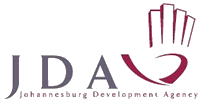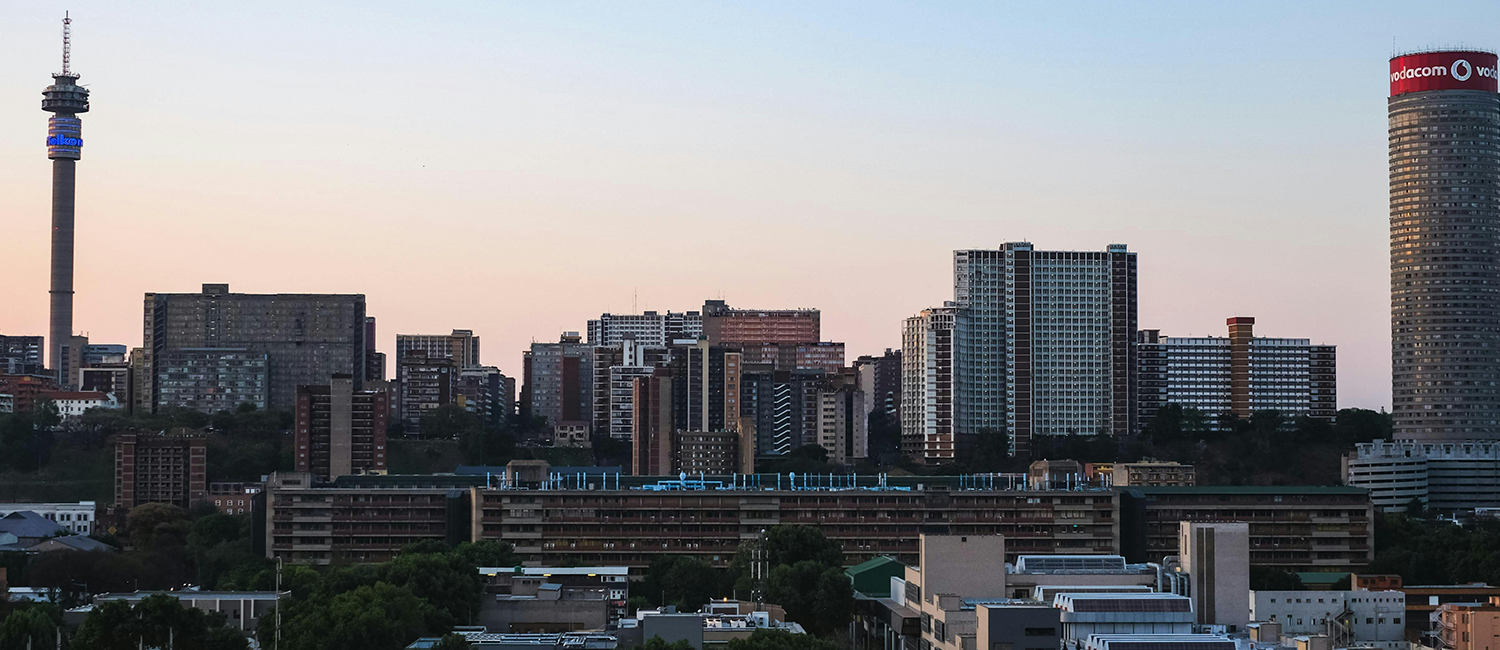JOBURG is pondering a comprehensive plan to contribute to the national government’s New Growth Path, which aims to eradicate unemployment by 2020.
Economic forecasts indicate that the City’s economy will grow by an average of 4 percent annually over the next three years, enabling it to broaden public investment in infrastructure, target labour-absorbing activities in manufacturing, construction and services, and promote innovation through green economy initiatives.
“I am of the opinion that Joburg will continue to revitalise itself, boost its energy, regenerate its lustre, retain its magnetism and incredible vibe,” said Executive Mayor Amos Masondo, who delivered his state of the City address, his last, at the council chambers in Braamfontein, on Wednesday, 9 March.
The speech was themed “Together we can build better communities”.
Masondo echoed President Jacob Zuma’s state of the nation speech on basic education, the fight against crime and substance abuse, the need for anti-corruption measures to prevent fraud, a responsive health system, job creation especially through the Expanded Public Works Programme, and the delivery of good and quality services.
He said the City was focused on job creation as part of Zuma’s directive, including visible delivery, effective implementation of plans and being solution-orientated.
Masondo noted that the City’s billing challenges had made the metro “even more” customer-centric. A resolution task team had been set up to resolve the billing issues. “I am happy to announce that we will be providing customers with long outstanding queries, with a favourable settlement arrangement,” he said.
Masondo said that back in 2001, the City had fewer cars, taxis and buses. Now it had more cars, more and newer taxis and buses, the Gautrain and world-class highways, Rea Vaya, and a new and extended road infrastructure on a scale never seen before.
On the subject of the road network, he promised that the City would redouble its efforts to eradicate the ever-increasing potholes.
Housing
Housing in Pennyville near New Canada Railway Station, Cosmo City and the mixed-housing development in Lufhereng had provided better quality and more options for residents, placing them closer to work.
The City had accelerated its greening programme, creating 24-hour extreme makeover parks in Diepkloof, Claremont, Alexandra and Wilgeheuwel in Roodepoort. Similar upgrades and developments were earmarked for Ivory Park, Lakeside and Orange Farm.
He said more people had access to basic services, including water and sanitation, electricity and waste management systems.
Through the Johannesburg Aids Council and other HIV/Aids related campaigns, the City had shown its commitment to the fight against the pandemic.
Safety and security
He said the Johannesburg metropolitan police department (JMPD) was “evolving into a legitimate and credible police force. Its work has been characterised by police visibility, traffic management, growing and meaningful by-law enforcement and crime prevention”.
Inner city regeneration and urban renewal programmes had revitalised the inner city, through work done at Gandhi Square, Mary Fitzgerald Square, Constitution Hill, Mandela Bridge, Drill Hall, Main Street, the Ellis Park and Doornfontein precinct, the Braamfontein precinct, the Rissik Street Post Office and through the Chancellor House Heritage Development.
The City had, over the last two terms of office, responded pro-actively to the challenge of poverty, through its Expanded Social Package, he noted. It would administer at least one form of social service to at least 500 000 people per year by 2016. To date, nearly 200 000 people had been assisted through the Expanded Social Package.
The City was also committed to spending R28-million on youth and women skills development. Its Early Childhood Development Programme was firmly in place. “We will continue to work with provincial and national government departments, civil society and business to scale up our poverty alleviation programmes,” said Masondo.
He added that the City was on a stable recovery path from the global economic meltdown. Local economic development was now linked to entrepreneurship better than before; however, an enabling environment was still lacking.
Business
The City had prioritised strong partnerships and collaboration with the business sector through the Johannesburg Business Forum, which had grown significantly and included business chambers from Alexandra, Soweto and Roodepoort. It was committed to promoting inward investment and strengthening export penetration by facilitating the linkage of the local economy to national and international markets.
The “simultaneous” construction and implementation of the Bus Rapid Transit system and Gautrain, and the continued rollout of the Gauteng Freeway Improvement Project meant that Joburg was well on its way to integrating its transport system, he explained.
Capital spending
Spending on capital projects had increased by 5 percent, from 90 to 95 percent of the capital budget, with 62 percent of the total spent being diverted to infrastructure development.
Joburg’s unique approach to formalising and regularising informal settlements was a recognised best practice and an overall pointer of what was possible, Masondo said. One of the key achievements was the United Nations 2010 Scroll of Honour Award for Joshco.
As part of greening the city, the municipality had planted more than 203 403 trees against the target of 200 000; cleared more than 8 000 hectares of alien vegetation through Joburg Water and City Parks; supported 770 households with climate proofing in Cosmo City, which involves the installation of solar heaters and ceiling insulation; embarked on programmes to retrofit street lights; installed solar powered traffic signals; had recently introduced environmentally friendly buses; and continued to rehabilitate the Jukskei, Kliprivier and Bruma Lake.
“We have indeed established a solid foundation … We [hope] those who will come after us [will] set even higher standards … Never ever forget that government is about the wellbeing of people and service to the citizens,” the mayor said.
Operation Gcin’amanzi had installed pre-paid water meters to enable residents to monitor their usage and reduced consumption. Acid mine water was a new threat to the environment. “We, however, welcome the minister of finance’s allocated budget provision and intervention.”
He added: “I think it is safe to say that the Johannesburg of 2011 is a vastly different, and a vastly better place than the Johannesburg of 5 December 2000.”
Source: Joburg.org.za

